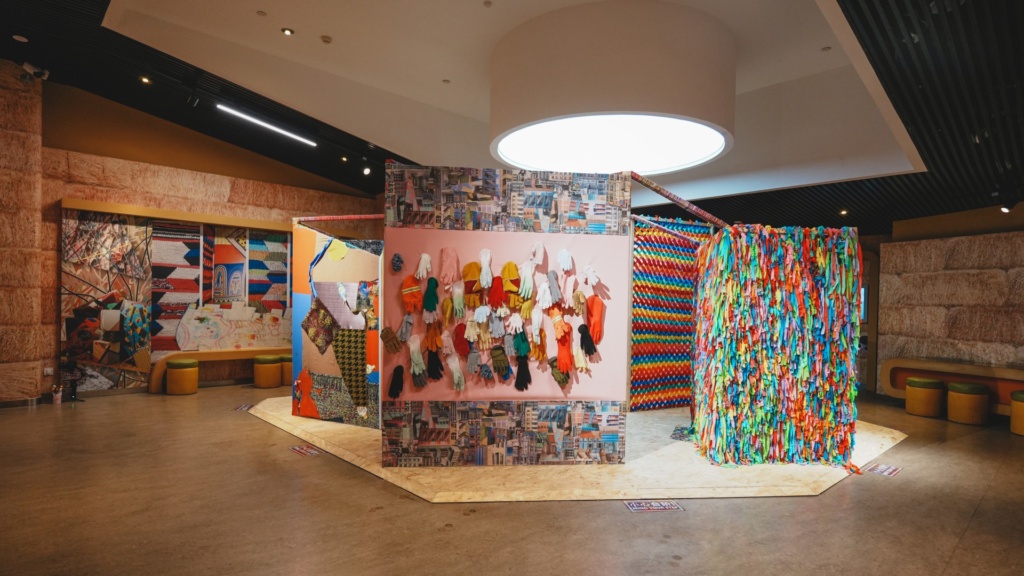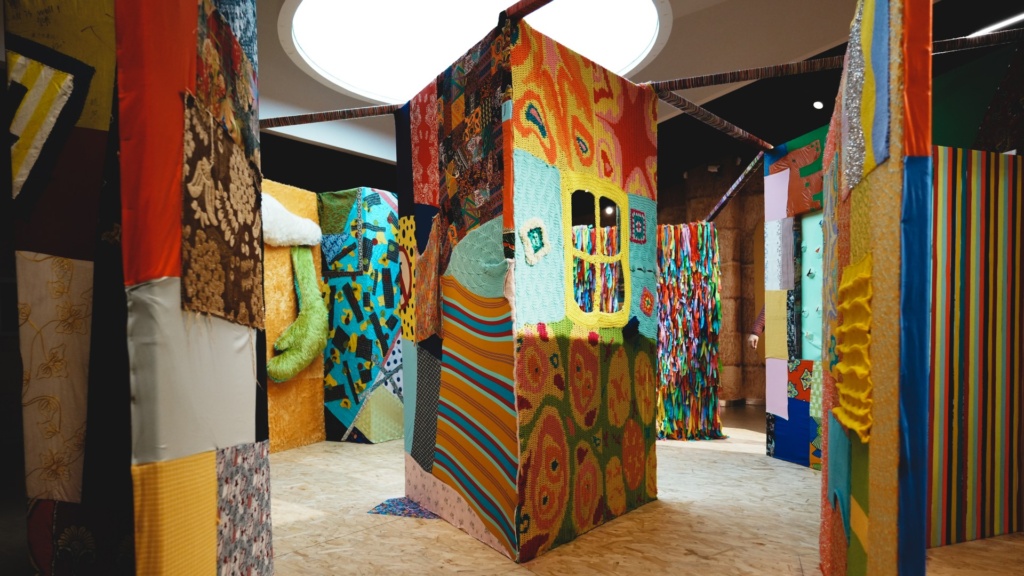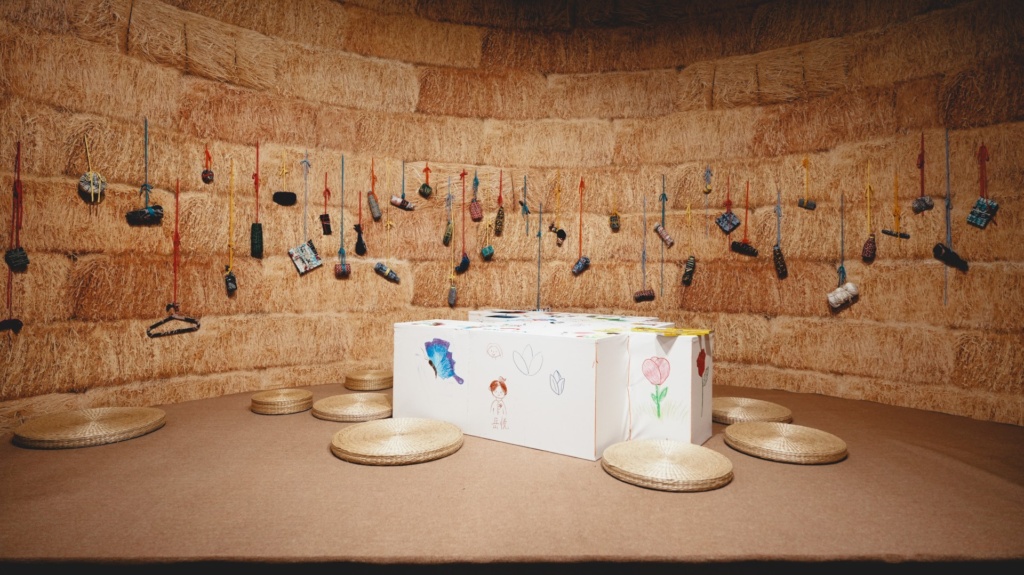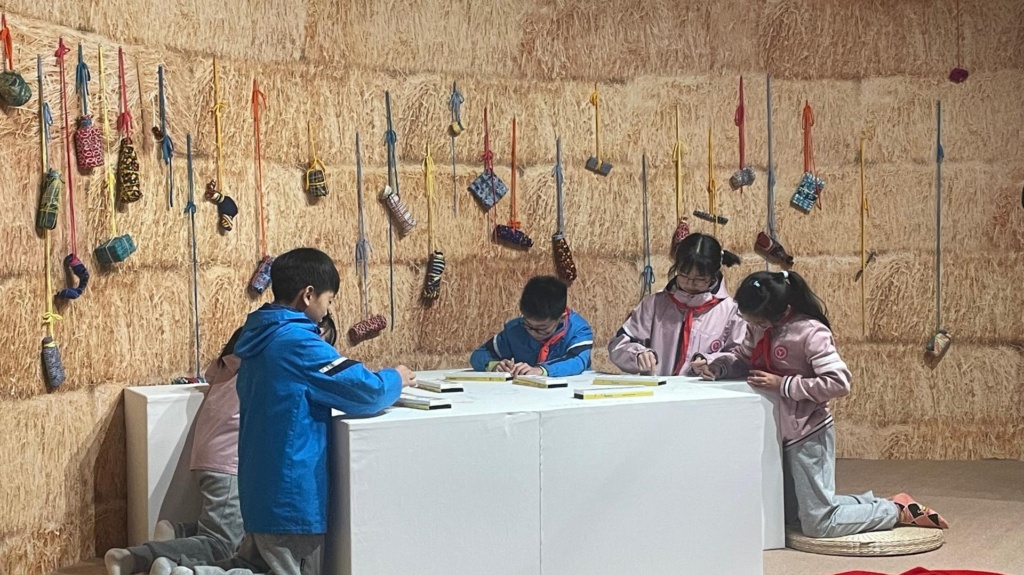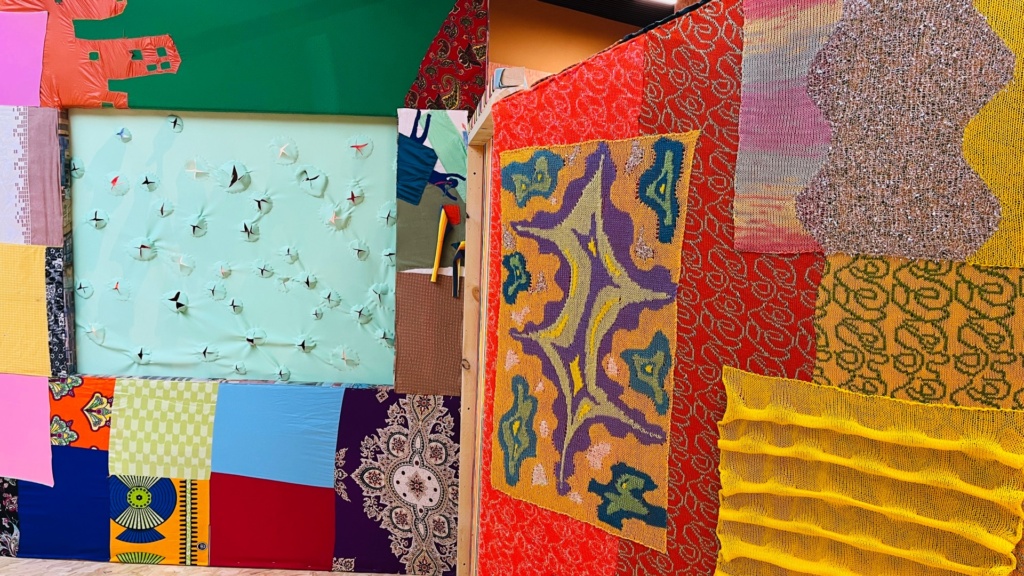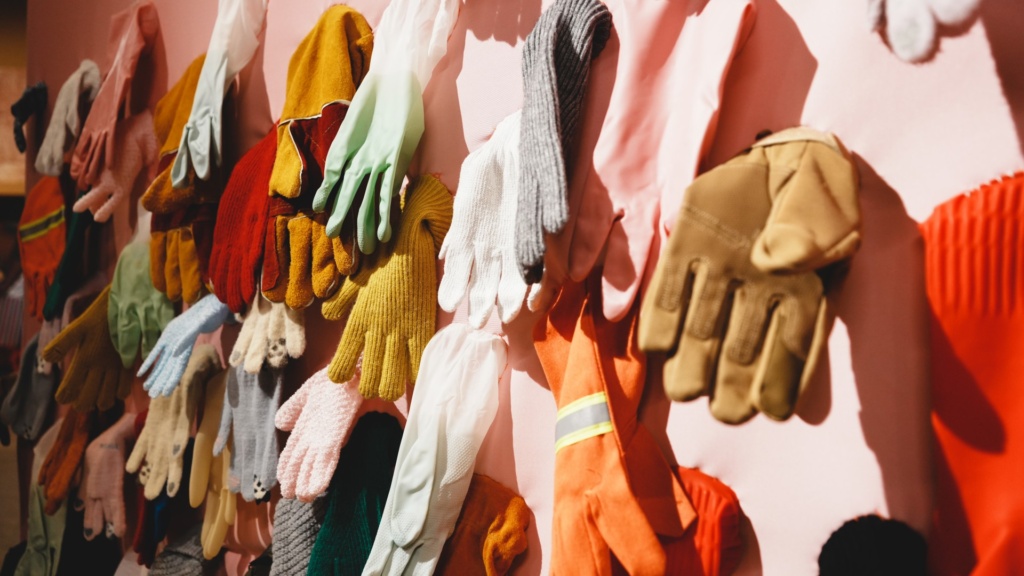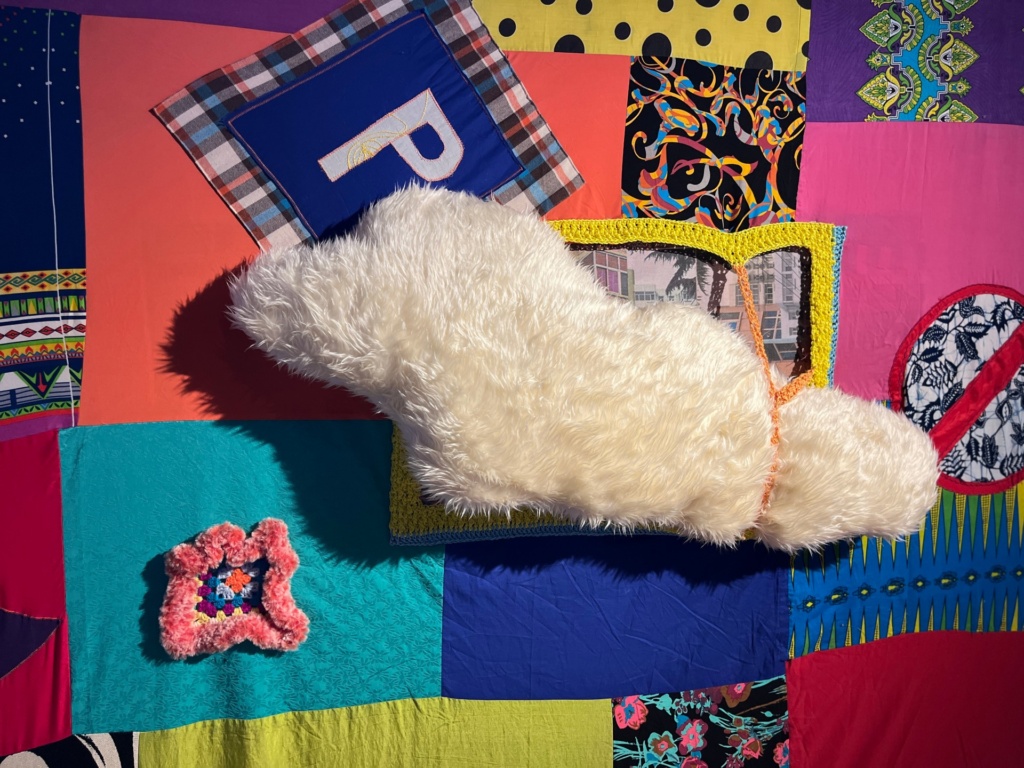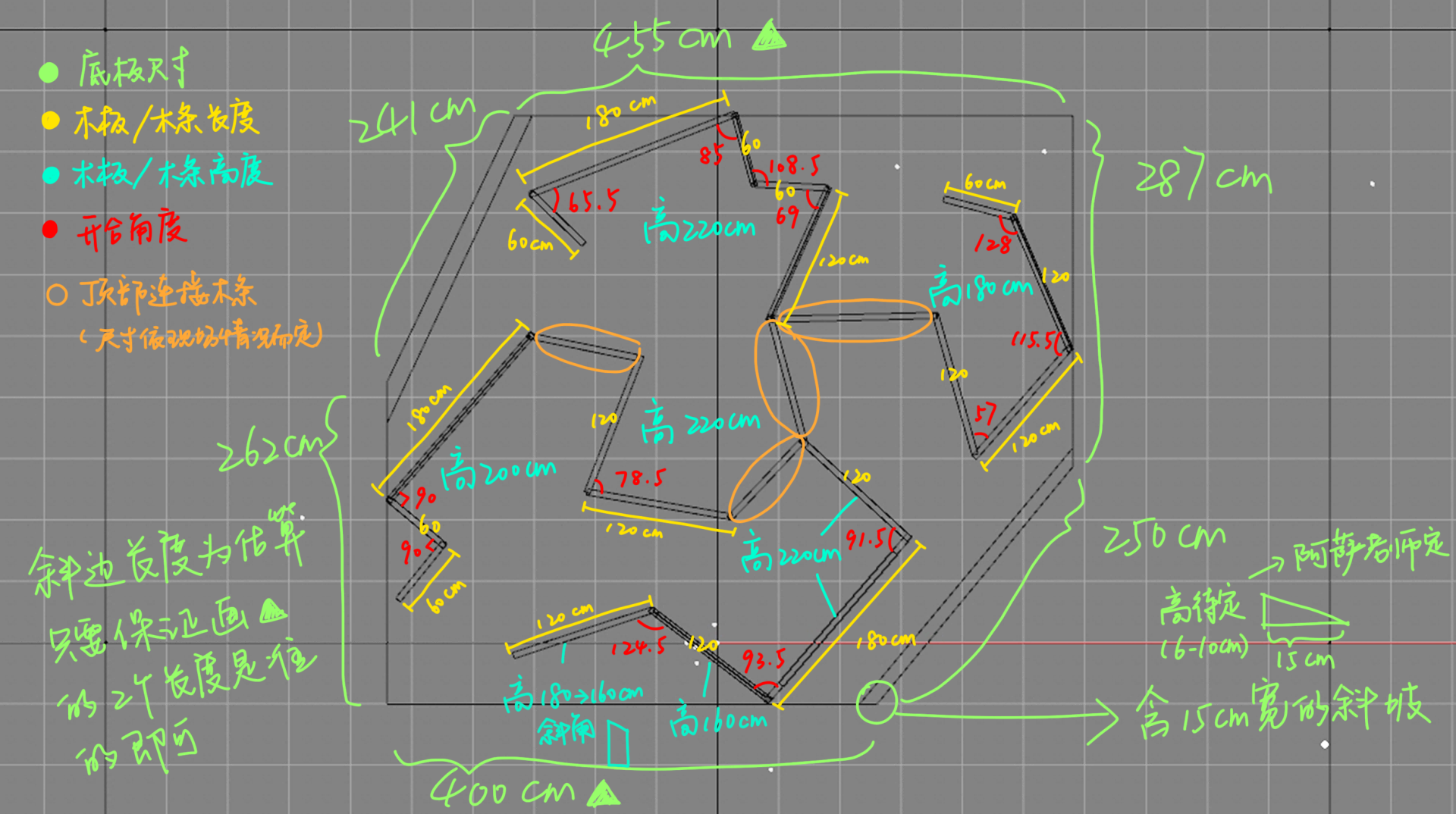"Soft Maze" is an art project, created by Professor Assadour Markarov and his graduate students from the Fiber Art Department of China Academy of Art, in public education area of the Hangzhou Museum.
"Soft Maze" is a poetic response to the complexity of life and a fascinating visual and perceptual journey. The maze is not just a physical structure but a medium for endless unknown imagination, a perceptual shift beyond ordinary daily experiences, allowing visitors to freely explore within.
The project draws inspiration from Italo Calvino's "Invisible Cities" during the exhibition at the Hangzhou Museum, aiming to connect different times and spaces through the artwork. The art team interprets various weaving structures of fabrics as another form of "maze narrative," utilizing knitting, fabric strips, yarn, and elastic bands to create a three-dimensional "smooth and textured space," capturing an eternal moment of flux.
"Soft Maze" is intended to establish an open, dynamic, and ever-evolving space, breaking away from a single path. Every entrance can be considered as a starting point, enabling visitors to chart their own interpretations within the maze. In the words of Deleuze and Guattari, "Our goal is to create new maps, non-hierarchical, non-central plateau maps, to redefine the relationship between space and imagination." Each space in the maze is a separate "plateau," but through the narrative paths taken by free-roaming visitors, these "plateaus" interconnect to create a wholly new panorama, offering unique experiences for different individuals.
The project embodies various oppositions, such as order and chaos, openness and intimacy. Breaking through the constraints of traditional structures, the maze continuously alters its boundaries, creating an intermediate zone full of possibilities. Visitors engage by navigating, manipulating, touching, and playing, completing the entire artwork through open interactive forms. Through the flexible combination of fabrics and threads in the space—weaving, crocheting, knotting, collaging, painting—the audience can reexamine their positions through different forms and paths, encouraging contemplation of the relationship between reality and imagination. More importantly, it blurs boundaries, allowing the audience to experience the dual pleasure brought about by the intersection of art and life.
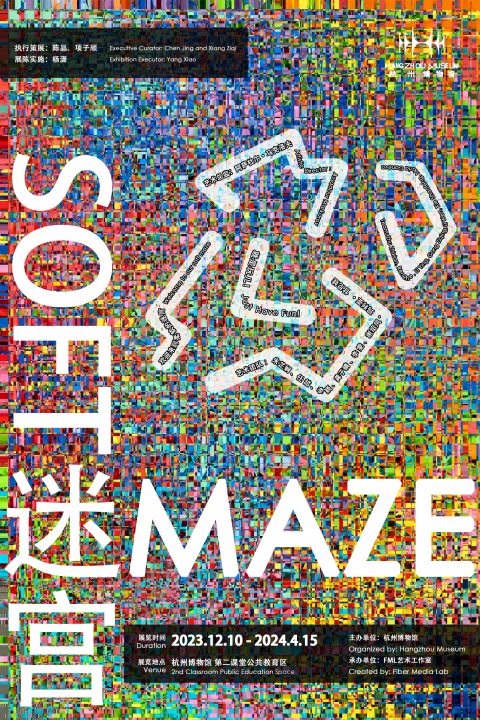
Poster


